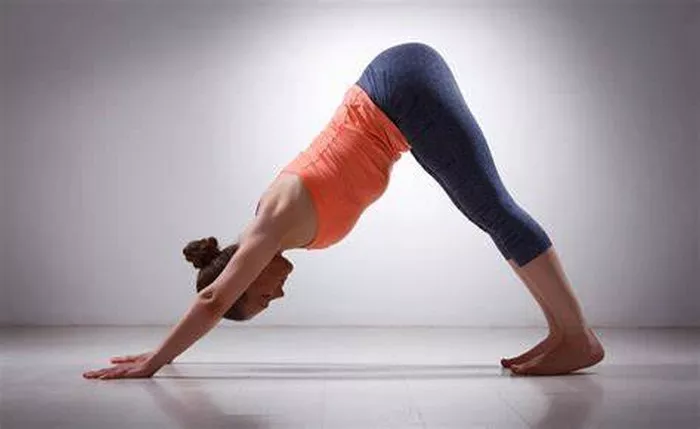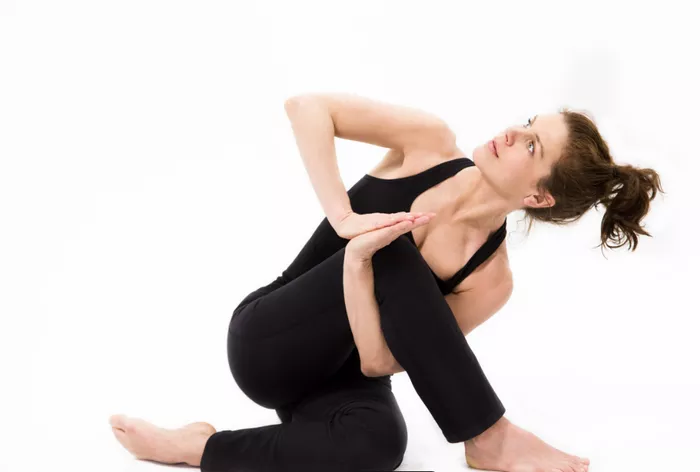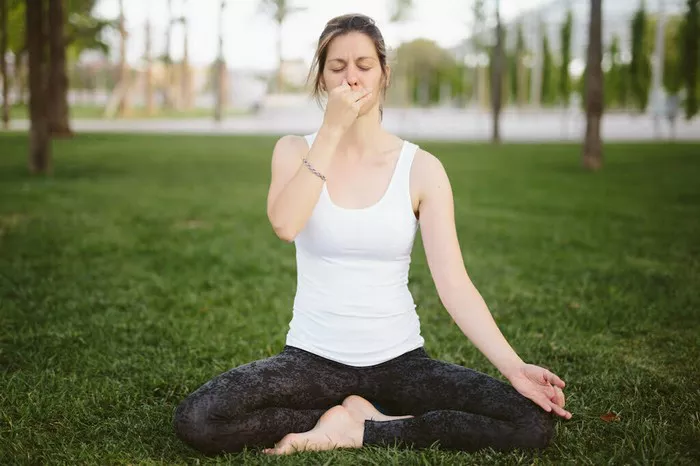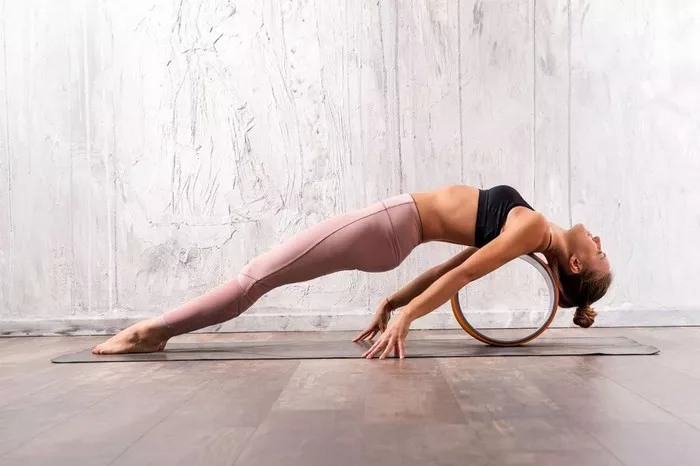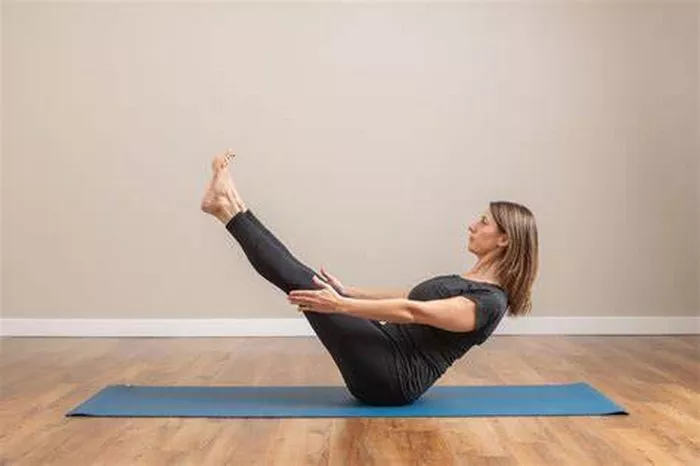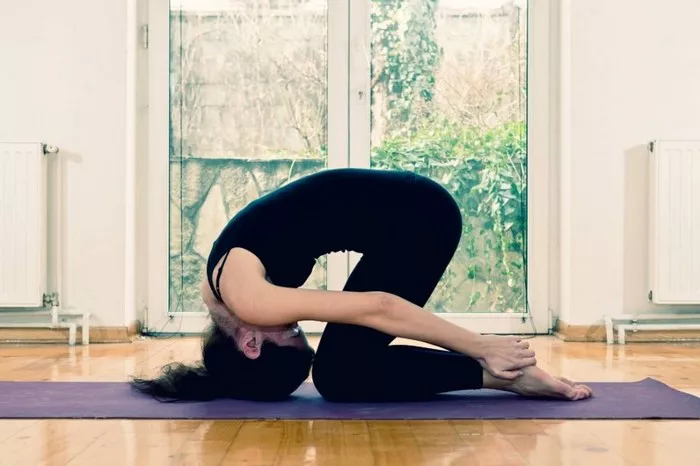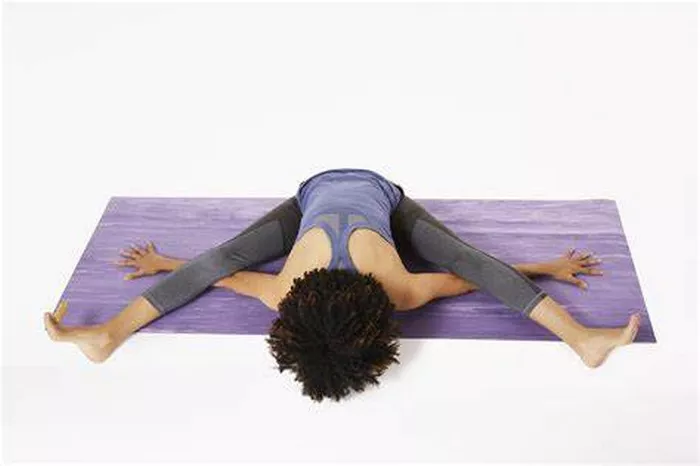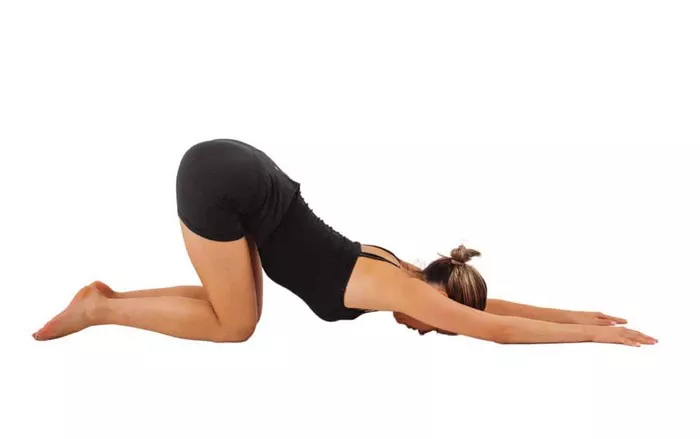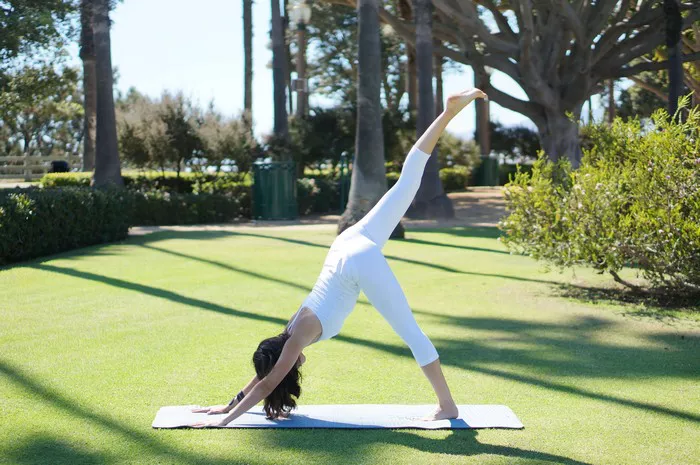Dhanurasana, commonly known as the Bow Pose, is a yoga posture that resembles the shape of a bow. The name is derived from the Sanskrit words “Dhanur” meaning bow and “Asana” meaning posture. This pose involves lying on the stomach, bending the knees, reaching the arms back to hold the ankles, and lifting both the chest and thighs off the ground. As one of the core backbends in yoga, Dhanurasana is celebrated for its ability to strengthen the back, improve posture, and stimulate various organs.
Practicing Dhanurasana offers a wide array of physical and mental benefits. It stretches the entire front of the body, including the chest, abdomen, thighs, and hip flexors. Simultaneously, it strengthens the back muscles and improves flexibility. Its influence extends beyond muscle toning, as it also massages internal organs, aids digestion, and enhances circulation. As such, it is often included in routines aimed at boosting metabolism and supporting overall wellness.
The Link Between Yoga and Belly Fat Reduction
When addressing the reduction of belly fat, it is important to understand that targeted fat loss, also known as spot reduction, is largely considered a myth in the fitness world. Fat loss tends to occur uniformly throughout the body, influenced by factors such as overall activity levels, caloric intake, metabolism, and hormonal balance. However, certain exercises can play a key role in enhancing these factors, thereby contributing to overall fat reduction.
Yoga, including poses like Dhanurasana, contributes to weight management by improving physical activity levels, reducing stress (which can lead to hormonal imbalances), and promoting better digestion. While yoga may not burn as many calories as high-intensity workouts, it supports sustainable weight loss by improving body awareness, encouraging mindful eating, and enhancing the body’s metabolic processes. Consistent practice, especially when combined with a balanced diet and healthy lifestyle, can lead to noticeable reductions in belly fat over time.
Does Dhanurasana Reduce Belly Fat?
Dhanurasana directly engages the abdominal region through its dynamic movement. When performed, the pose causes a deep stretch and contraction of the abdominal muscles. This dual action helps to tone and strengthen the core muscles, which include the rectus abdominis, obliques, and transverse abdominis. A stronger core not only supports better posture but also enhances overall physical performance and stability.
Additionally, the compression and release of abdominal organs during Dhanurasana can stimulate digestion and improve the elimination of waste products. A healthy digestive system is crucial for maintaining an optimal weight, as it ensures that nutrients are absorbed efficiently and toxins are expelled. By stimulating the gastrointestinal tract, Dhanurasana may help in reducing bloating and promoting a flatter stomach appearance.
The Role of Metabolism in Fat Loss
Metabolism plays a critical role in how the body stores and burns fat. A faster metabolic rate means the body can convert food into energy more quickly, thereby reducing the likelihood of fat accumulation. Dhanurasana, through its combination of muscle engagement and organ stimulation, can potentially elevate metabolic function.
When muscles are engaged and strengthened, they require more energy even at rest. Since muscle tissue burns more calories than fat tissue, increasing muscle mass through poses like Dhanurasana can enhance resting metabolic rate. Moreover, the stimulation of endocrine glands such as the adrenal glands during the pose may further influence metabolic processes positively.
Stress Reduction and Its Impact on Belly Fat
Chronic stress is a significant contributor to belly fat accumulation, largely due to the hormone cortisol. Elevated cortisol levels can lead to increased appetite and fat storage, particularly in the abdominal area. Yoga practices, including Dhanurasana, have been shown to reduce stress and lower cortisol levels through controlled breathing and mindful movement.
The meditative aspect of yoga encourages relaxation and mental clarity, which can help individuals make better dietary choices and adhere to exercise routines. Dhanurasana, by opening the chest and encouraging deep breathing, activates the parasympathetic nervous system. This activation promotes a state of rest and digestion, counteracting the stress response and supporting weight loss efforts.
Practical Tips for Practicing Dhanurasana
- Warm-Up Thoroughly: Always begin with a gentle warm-up to prepare the muscles and prevent injury.
- Use Props if Needed: Beginners can use yoga straps around the ankles to help reach the feet.
- Avoid Straining: Do not force the body into the pose. Focus on gradual improvement.
- Hold Steadily: Aim to hold the pose for 20 to 30 seconds initially, increasing with practice.
- Breathe Deeply: Deep breathing enhances the effects of the pose and supports relaxation.
Incorporating these tips can help practitioners gain the full benefits of Dhanurasana while minimizing the risk of injury. Over time, regular practice can significantly contribute to core strength and improved body composition.
Who Should Avoid Dhanurasana
Despite its benefits, Dhanurasana may not be suitable for everyone. Individuals with the following conditions should consult a healthcare provider before attempting the pose:
- Back or neck injuries
- Hernia or abdominal surgery
- Pregnancy
- High or low blood pressure
- Severe headaches or migraines
Modifications or alternative poses can often be recommended by a qualified yoga instructor to accommodate these conditions while still achieving wellness goals.
Complementary Poses and Lifestyle Practices
While Dhanurasana is effective, combining it with other yoga poses and healthy lifestyle practices can enhance belly fat reduction. Complementary poses include:
- Bhujangasana (Cobra Pose)
- Naukasana (Boat Pose)
- Setu Bandhasana (Bridge Pose)
- Ustrasana (Camel Pose)
These poses work synergistically to engage the core, improve flexibility, and promote fat metabolism. Beyond yoga, maintaining a balanced diet, staying hydrated, getting adequate sleep, and managing stress are all critical to reducing belly fat. Yoga should be viewed as one component of a comprehensive wellness plan.
Realistic Expectations and Consistency
It is crucial to maintain realistic expectations when using yoga to target belly fat. Dhanurasana alone will not result in immediate or dramatic fat loss. However, consistent practice, combined with healthy eating and an active lifestyle, can yield gradual and sustainable results. It is the consistency of effort and integration of multiple wellness habits that ultimately lead to success.
Progress may be slow and not always visible right away, but the cumulative effects on health, strength, and mental well-being are profound. Patience, persistence, and a positive mindset are key elements in achieving and maintaining a healthy body composition.
Conclusion
Dhanurasana can be a valuable tool in reducing belly fat when practiced regularly and combined with a holistic approach to health. It strengthens and tones the abdominal region, supports metabolic function, reduces stress, and encourages better digestion. While not a miracle cure, it offers a sustainable and integrative method to support fat loss and enhance overall wellness.
For those seeking to reduce belly fat, incorporating Dhanurasana into a broader fitness and health regimen can be highly beneficial. By embracing yoga as a lifestyle and not just an exercise, individuals can foster a deeper connection between body and mind, leading to lasting and meaningful health improvements.
Related Topics:

